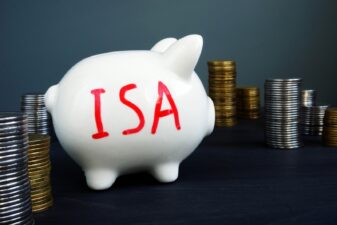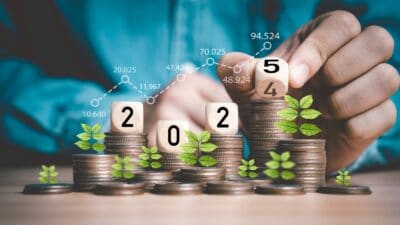One of the risks of being an income investor is that you can be seduced by attractive yields, which are sometimes a symptom of a declining business or a falling share price.
Take Aviva (LSE: AV) (NYSE: AV.US), for example. Broker consensus forecasts suggest that the firm offers a 3.6% prospective yield, which is attractive. But 3.6% is substantially less than the long-term average total return from UK equities, which is about 8%.
Aviva’s share price has risen by 32% over the last 12 months and is close to its post-2008 high. Can it keep rising to enhance Aviva’s total return?
Should you invest £1,000 in Phoenix Group Holdings Plc right now?
When investing expert Mark Rogers has a stock tip, it can pay to listen. After all, the flagship Motley Fool Share Advisor newsletter he has run for nearly a decade has provided thousands of paying members with top stock recommendations from the UK and US markets. And right now, Mark thinks there are 6 standout stocks that investors should consider buying. Want to see if Phoenix Group Holdings Plc made the list?
What will Aviva’s total return be?
Looking ahead, I need to know the expected total return from my Aviva shares, so that I can compare it to my benchmark, a FTSE 100 tracker.
The dividend discount model is a technique that’s widely used to value dividend-paying shares. A variation of this model also allows you to calculate the expected rate of return on a dividend paying share:
Total return = (Prospective dividend ÷ current share price) + expected dividend growth rate
Last year’s 40% dividend cut means my usual averaged dividend growth approach will give a heavily skewed result, so I ‘ve calculated Aviva’s potential returns using next year’s forecast dividend growth. Here’s how this formula looks for Aviva:
(15.5 ÷435) + 0.0685 = 0.104 x 100 = 10.4%
My model suggests that Aviva shares could deliver a total return of 10.4% per year over the next few years, modestly outperforming the long-term average total return of 8% per year I’d expect from a FTSE 100 tracker.
Isn’t this too simple?
One limitation of this model is that it doesn’t tell you whether a company can afford to keep paying and growing its dividend.
My preferred measure of dividend affordability is free cash flow — the cash that’s left after capital expenditure and tax costs. One of the reasons that Aviva cut its dividend last year was to improve cash flow — a prudent objective I approve of, albeit uncomfortable for shareholders like me.
Free cash flow is normally defined as operating cash flow – tax – capex.
Aviva’s free cash flow in 2012 was £2.2bn, comfortably covering its £647m payout. However, free cash flow was boosted by the proceeds of asset sales and fund raising, without which the firm’s cash flow would have been much tighter.







